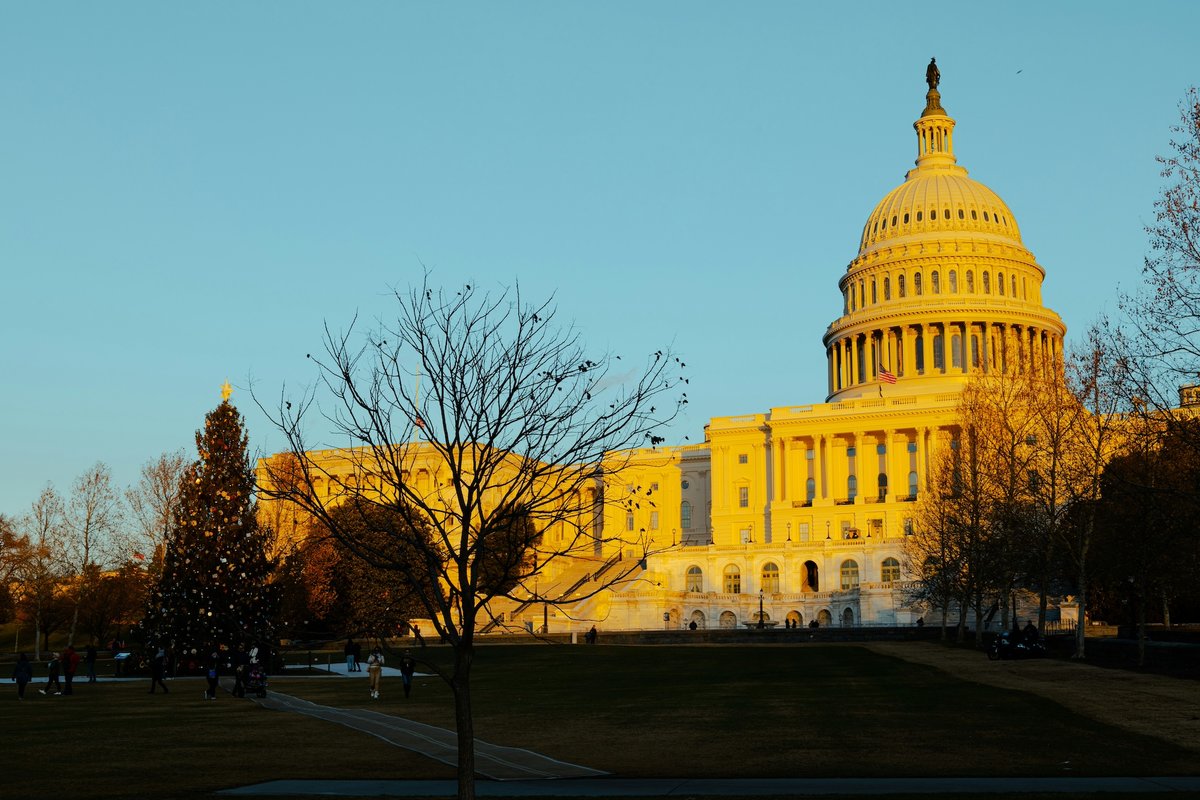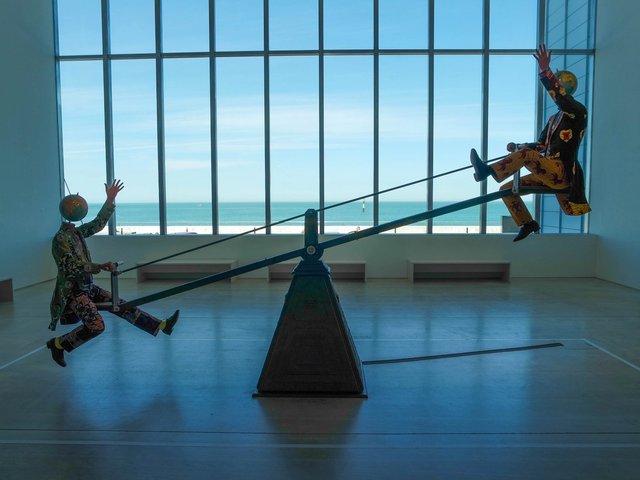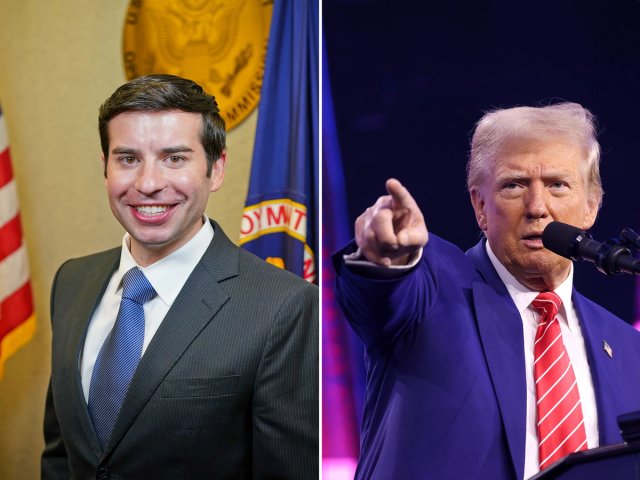The results of the election will have far-reaching impacts on every community in the US, including, of course, the arts and culture sector.
It is all too easy to consider the budget of the National Endowment for the Arts (NEA) as the sole measure of how well this field fares under any presidential administration or Congress. The NEA’s $207m appropriation, however, is only a fraction of the federal government’s annual investment of well over $1bn, which includes hundreds of millions for military bands within the department of defense, funding for artist exchanges in the state department and even joint funding between the US Geological Survey and Nasa for satellites to produce an Earth as Art series. While this kind of investment is vital, the three branches of the federal government shape the sector in ways that go well beyond providing subsidies.
Tax policy will be central to next year’s congressional agenda. Support for modernising artist tax deductions is bipartisan, as is reinstating the charitable deduction for the 93% of Americans who do not itemise on their taxes—a policy that would bolster donations broadly and especially benefit arts and culture, which is even more dependent on individual donations than other parts of the not-for-profit sector.
The immigration debate will also impact the arts community. Recent fee increases and related policy changes for O and P visas will increase costs, preparation requirements and premium service processing times for arts visa petitioners.
Congress is also working to define the federal government’s regulatory role for artificial intelligence (AI) and the arts. This has meant legislation introduced that requires transparency of copyrighted material in generative AI models and protection from non-consensual deepfakes, while still understanding that embracing new art forms remains important.
Beyond the ways the election results will affect the culture sector, we have also been asking ourselves how the sector will impact future elections. Our country remains deeply divided in many ways, and much of the work ahead will focus on building a shared American identity strong enough to hold us together despite our differences—strong enough to keep us united, even in moments of polarisation and division.
Model Minnesotans
We have been looking to the centre of our country to see what we can learn. While every place is seemingly divided between red and blue, Minnesota remains stubbornly purple. And we’re not just referring to the Vikings American football team and Paisley Park, but also to red and blue Minnesotans coming together to support everything that makes their state great.
In 2008, Minnesotans overwhelmingly passed the Clean Water, Land and Legacy Amendment, allocating sales tax income to support outdoor recreation, parks and trails, clean water, and arts and cultural heritage. A state known for both its 10,000 lakes and Prince has invested over $5bn across its rural, suburban, tribal and urban communities over the past 16 years in arts, culture, fishing, hunting and everything that Minnesotans of every political persuasion love.
With more than 262 racial or ethnic groups and 778 Native tribes, Minnesota is a microcosm of the complexity and diversity contained within our country’s identity. If Minnesotans can be united in a shared love of the Timberwolves basketball team, the Minnesota State Fair and When Doves Cry, we know our entire country can do similarly.
As we move forward from this election season, let us remember that this is possible. Even in Washington, DC, where the House and the Senate still come together in their steadfast support of the arts through their Subcommittees on the Interior, Environment and Related Agencies, we see the twinning of cultural and natural resources. The chairs and ranking members in both parties, who represent Idaho, Maine, Oregon and Alaska, continue to find common ground and build consensus when investing in the things that make each of our communities great.
Americans for the Arts will continue to ensure that every elected, appointed and career official across all three branches of government understands what the arts and culture sector needs from them. We will also continue to highlight all the ways the sector can support the work those officials are doing—from revitalising rural economies and addressing the ongoing epidemic of loneliness to connecting more Americans with our national parks and waterways. And, perhaps more importantly, we will continue to support all the ways that artists and arts organisations can help America build an even bigger “we”, one expansive enough to include all of us in what remains the oldest multiracial democracy in the world.
- Jamie Bennett and Suzy Delvalle are the interim co-chief executives of Americans for the Arts






